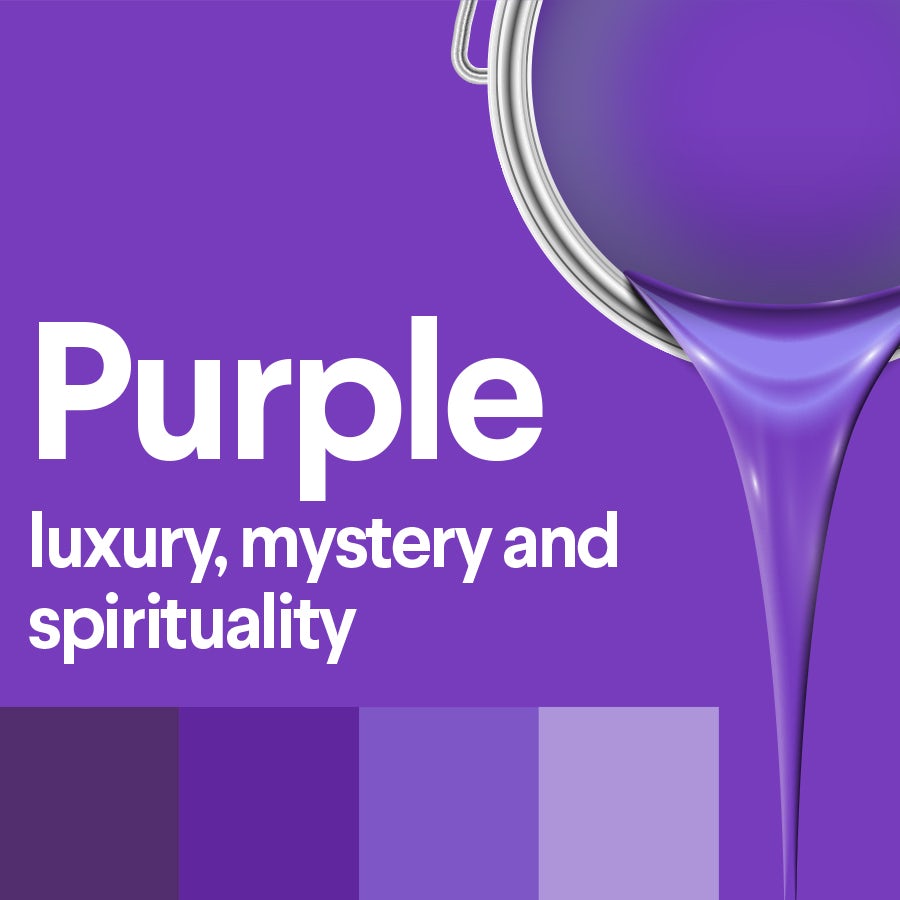Have you ever stopped to admire a vibrant violet sunset, the delicate lavender blooms of a field, or the regal amethyst adorning a crown? These mesmerizing hues share a common name: purple. But why is it called purple? This seemingly simple question delves into a fascinating journey through history, language, and even physics.

Image: www.cinergy.com
The color purple holds a unique place in our world, both visually and culturally. It conjures images of royalty, luxury, and even spirituality. But at its core, the question of “why purple” sparks a curiosity about the history of language, the evolution of perception, and the very nature of color itself.
A Journey Through Time: The Etymology of Purple
The word “purple” has its roots in Latin, specifically the word “purpura.” This term originally referred to a specific type of reddish-purple dye, derived from the murex shellfish found in the Mediterranean Sea. This dye, known as Tyrian purple, was exceptionally rare and costly, requiring thousands of snails to produce a small amount of pigment.
This expensive dye, reserved for royalty and the elite, imbued purple with a sense of power, prestige, and wealth. The association with royalty further cemented this perception, as purple became synonymous with emperors, kings, and the highest social strata. In fact, the Roman emperors wore a distinctive purple robe, a visible symbol of their authority and wealth.
Beyond the Dye: A Rainbow of Meanings
While the initial link between the color and the dye is clear, the evolution of the word “purple” is more nuanced. The precise shade of the dye could have varied, encompassing what we might consider more red or blue tones. This inherent flexibility echoes within the vast spectrum of colors we call purple today.
Over time, the term “purple” expanded to encompass a broader range of hues, from the deep, rich violet of amethyst to the delicate lilac of springtime blossoms. This suggests that the word began to represent a concept, an idea of a certain type of color, rather than a strictly defined shade.
The Science of Perception: A Spectrum of Subjectivity
The human eye, incredibly sophisticated, can distinguish millions of colors. However, the interpretation of color remains subjective. Our brain interprets light waves that hit our eyes, creating a visual perception that is influenced by factors like cultural background, personal experiences, and even emotional state.
The definition of “purple” is no exception. You might define purple as a blend of red and blue, but another person might see it as a mixture of pink and indigo. This subjective nature adds another layer of complexity to the question “why purple?”.

Image: 99designs.com.au
The Power of Purple: Beyond the Name
While the etymology and perception of purple are fascinating, the impact of this color extends far beyond its name. Purple has become a symbol, a catalyst for emotion, and a source of inspiration.
In Western culture, purple often evokes feelings of royalty, spirituality, and wisdom. It is associated with peace, tranquility, and creativity. Think of the iconic purple robes worn by cardinals in the Catholic Church or the amethyst gemstone held in high esteem for its metaphysical properties.
In other cultures, purple carries different meanings. In some Asian cultures, for example, purple symbolizes wealth, good luck, and longevity. This global diversity in interpretation highlights the powerful role that culture plays in shaping our understanding of color.
Why Is It Called The Color Purple
Embracing the Mystery: Why Purple is More than Just a Color
So why is it called purple? The answer lies both in the history of the word and the complexities of human perception. Purple is more than just a color; it is a concept, a symbol, and a reflection of our collective history and cultural experiences.
It is a hue that has captivated civilizations for centuries, inspiring artists, poets, and scientists alike. From the regal robes of emperors to the delicate petals of a flower, purple continues to hold its place as a captivating and multifaceted color, a reminder of the beauty and mystery that resides in the world around us.






